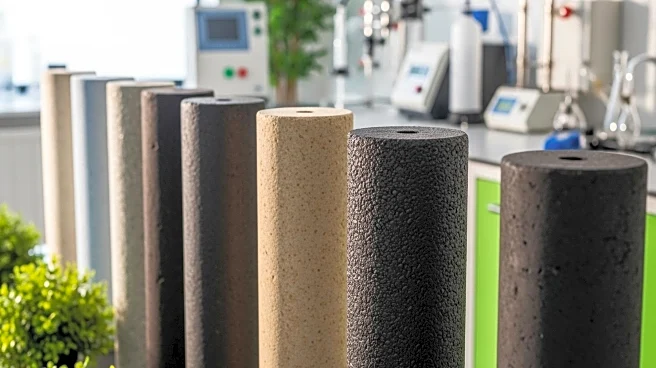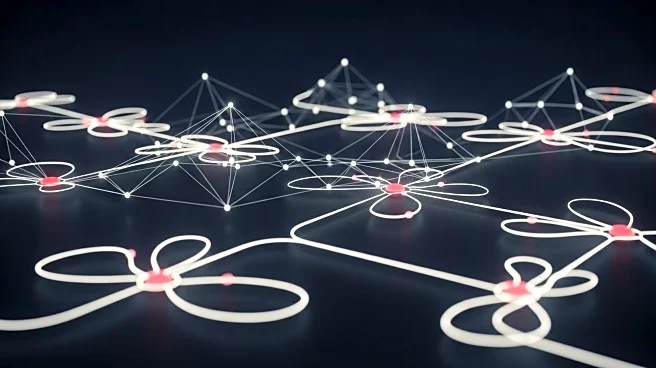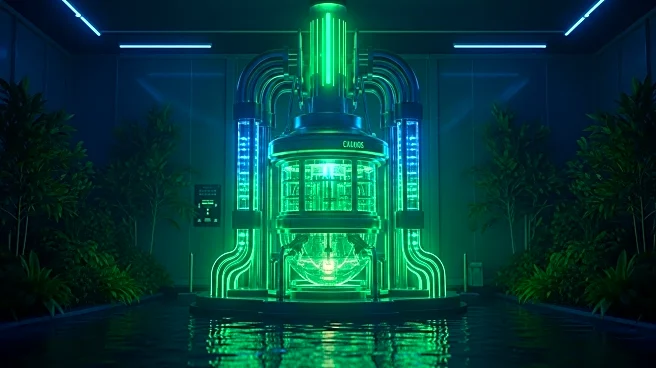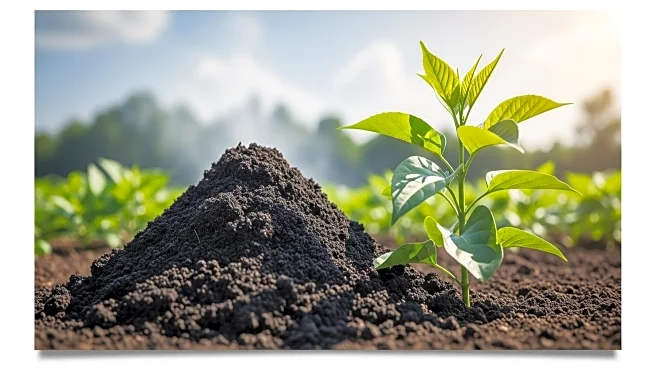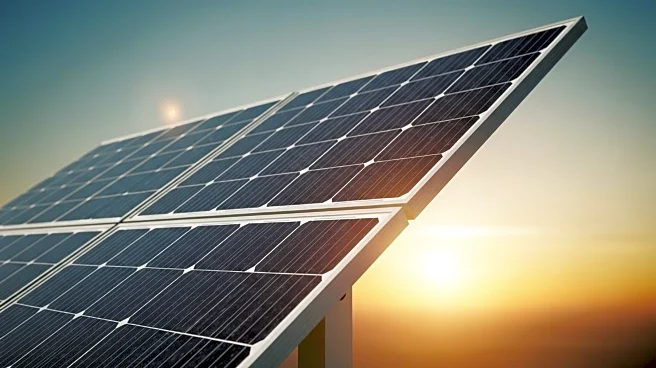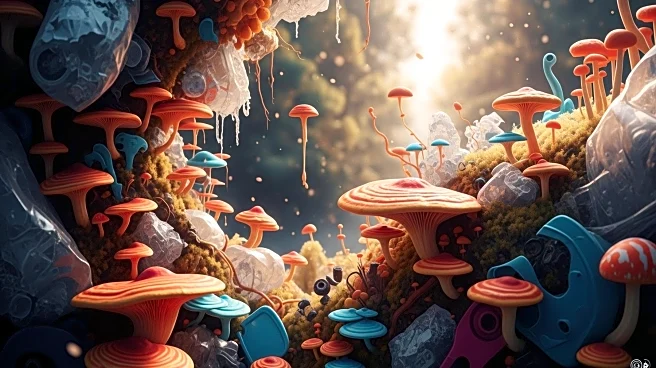What's Happening?
Recent research has unveiled a groundbreaking discovery about biochar, a material traditionally used for water purification. The study, led by Dr. Yuan Gao and his team, reveals that biochar can actively degrade pollutants through direct electron transfer, a capability previously overlooked. This process allows biochar to break down organic pollutants without the need for additional chemicals, accounting for up to 40% of pollutant removal in experiments. The research highlights the role of specific functional groups and graphitic carbon structures in enhancing biochar's electron transfer efficiency, making it a potent tool for sustainable water treatment.
Why It's Important?
This discovery significantly alters the landscape of wastewater treatment by positioning biochar as an active agent in pollutant degradation rather than just a passive filter. The implications are substantial for industries and communities seeking greener and more cost-effective water purification methods. By reducing the need for chemicals and minimizing sludge production, biochar offers a sustainable solution to global water pollution challenges. This advancement not only promises economic benefits but also supports environmental sustainability, aligning with broader efforts to combat industrial pollution.
What's Next?
The study paves the way for the development of more efficient biochar designs tailored to specific water treatment needs. As industries and environmental agencies explore this potential, further research and real-world applications are expected to follow. The findings encourage a reevaluation of biochar's role in environmental engineering, potentially leading to widespread adoption in water treatment facilities worldwide. Continued innovation in this field could drive significant progress in achieving cleaner water and healthier ecosystems.

